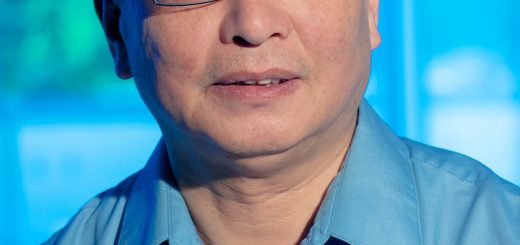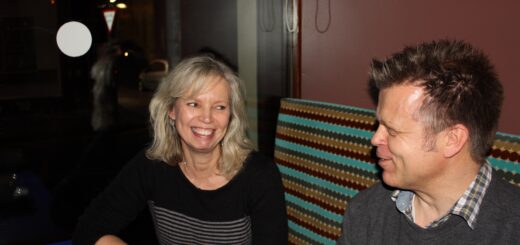Bionics Can Be All Fingers And Thumbs
Paul McCool looks at the rapidly changing worlds of advanced prosthetics.
Paul Daniels is far from alone. You are more likely to suffer an amputation of all or parts of your fingers than of your entire hand. Think about that next time you try the detachable finger trick with a circular saw, or more plausibly, if you put your thumbs behind the seatbelt across your chest as you sit in the passenger seat.
Until late last decade, there wasn’t much that could be done to help you get more use from your damaged hand. Then ProDigits came along in 2009, which replaces missing fingers with dextrous robotics. The system (now called iLimb Digits), along with its full-hand older sister the iLimb, are developed and manufactured in Livingston by Scottish company Touch Bionics.
Most prosthetic hands are passive cosmetics or are body powered, where the user has straps around their torso such that shrugging opens and closes the hand. The advantage with these is that the user can judge how open the hand is by the position of their shoulders (knowing where your limbs are in relation to your body is called proprioception). Bionic limbs will never replace these seemingly primitive approaches because every amputee is unique, so passive or body-powered might be a better option.
The types of prosthetic commonly called bio-electronic (or ‘bionic’) are actually myoelectric prostheses. Muscle signals from the arm (called myoelectric signals) are picked up using sensors that sit on the surface of the skin. Two sensors are used: one on each side of the residual limb corresponding to flexor and extensor muscles. To open and close the hand, the user moves the muscles as if to flex or extend the wrist, as this gives stronger and more repeatable signals than if actual hand open and close gestures are used.
Most myoelectric prostheses are pincers. This has not changed since the first myoelectric limb was announced by Soviet engineers in 1964. In fact, the only real developments before the 21st century were that the battery and control unit were moved from the user’s belt to inside the limb, and variable speed control was implemented. The iLimb is different in that the fingers are individually articulated. The motors can be stalled by obstructing the fingers, meaning that the limb can be contorted into many useful gestures, such as pointing for typing.
Gestures can also be automatically summoned through clever re-use of open and close commands. For example, the user can program their limb over Bluetooth to make a pointing gesture if an ‘open’ command is held for a few seconds. Custom gestures can be accessed by, for example, a double impulse, which is like a ‘double click’ using the muscles. This depends on the capabilities of the user.
The iLimb is available in custom colour schemes. Many like the natural and modest appearance of a prosthetic with a convincing silicone skin covering, right down to pores, fingernails and even fingerprints copied from their ‘good’ hand. Others prefer the more flamboyant robotic appearance of an iLimb with a translucent covering, tattoos or full camouflage.
The iLimb and iLimb Digits are a major progression for prosthetic limbs. Despite this, there are still many drawbacks, the most obvious of which is the reported cost of about £35,000 (according to The Daily Telegraph). This covers hardware and physiotherapy. It is understandably very rare to get one through the NHS.
All modern prosthetic hands lack the sensation of touch and the ability to address individual fingers as if they were your own. There has been research across the world since the sixties into achieving better control, but the computing power has not been available for real-time implementation until recently. The most common approach is Pattern Recognition; though even with enough computing power, nobody has yet made a control system with it that is acceptable for commercial implementation.
It will be a long time before prosthetics become proper replacements for natural limbs, and even longer before they become superior to what we were born with, like Luke Skywalker’s hand (or the Major’s cyborg body in Ghost in the Shell, depending on how much of a geek you are).
Until then, even small developments in prosthetic hands represent huge improvements in quality of life for their users.










